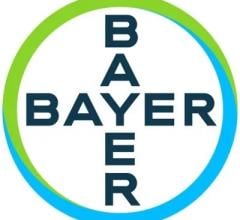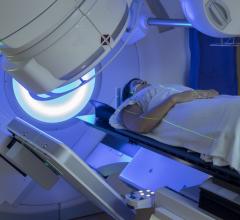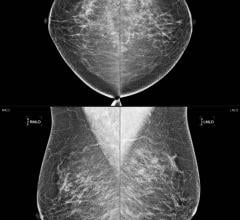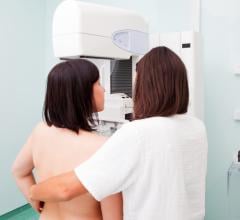
April 19, 2019 – GE Healthcare has received 510(k) clearance from the U.S. Food and Drug Administration (FDA) of its Deep Learning Image Reconstruction engine on the new Revolution Apex computed tomography (CT) device. The engine has also been approved as an upgrade to GE’s Revolution CT system in the United States.
Deep Learning Image Reconstruction (DLIR) is the next-generation image reconstruction option that uses a dedicated deep neural network (DNN) to generate TrueFidelity CT Images. These TrueFidelity CT Images have the potential to improve reading confidence in a wide range of clinical applications such as head, whole body and cardiovascular, for patients of all ages.
Compared to current iterative reconstruction technology, TrueFidelity CT Images can elevate every image to a powerful first impression with impressive image quality performance[1], and preferred image sharpness and noise texture[2], without compromising dose performance, according to GE.
The company noted that the Revolution Apex CT includes the Quantix 160 X-ray tube, which is also an optional upgrade for the Revolution CT.
The FDA also granted 510(k) clearance to three additional GE Healthcare CT applications introduced at the 2018 Radiological Society of North America annual meeting (RSNA 2018): Bone VCAR, Thoracic VCAR with GSI Pulmonary Perfusion and SnapShot Freeze 2.
Both Bone VCAR and SnapShot Freeze 2 are Edison applications. Edison is a platform that helps accelerate the development and adoption of artificial intelligence (AI) technology and empower providers to deliver faster, more precise care.
Bone VCAR uses a deep-learning algorithm to automatically identify and label the vertebrae for faster spine assessment and improve reporting efficiency. SnapShot Freeze 2 is an intelligent motion correction algorithm that expands the breadth of intelligent motion correction applications, further enhancing clinical performance and introducing whole heart motion correction.
Thoracic VCAR with GSI Pulmonary Perfusion provides automated segmentation and measurements for assessment and follow-up of thoracic diseases. It also now includes dedicated GSI Pulmonary Perfusion, a one-click protocol to assist in the identification of variations of relative perfusion distribution in the lungs. Thoracic diseases that may be associated with changes in perfusion include pulmonary embolism or chronic obstructive pulmonary disease (COPD).
For more information: www.gehealthcare.com
References
[1] Image quality comparisons between DLIR and ASiR-V, were evaluated by phantom tests of MTF, SSP, axial NPS, standard deviation of image noise, CT Number accuracy, CNR, and artefact analysis. Additionally, LCD was demonstrated in phantom testing using a model observer with the head and body MITA CT IQ Phantoms (CT191, CT189 The Phantom Laboratory). DLIR and ASiR‐V reconstructions were performed using the same raw data.
[2] As demonstrated in a clinical evaluation consisting of 60 cases and 9 physicians, where each case was reconstructed with both DLIR and ASiR‐V and evaluated by 3 of the physicians. In 100% of the reads, DLIR’s image sharpness was rated the same as or better than ASiR‐V’s. In 91% of the reads, DLIR’s noise texture was rated better than ASiR‐V’s. This rating was based on each individual reader’s preference.

 August 29, 2024
August 29, 2024 








